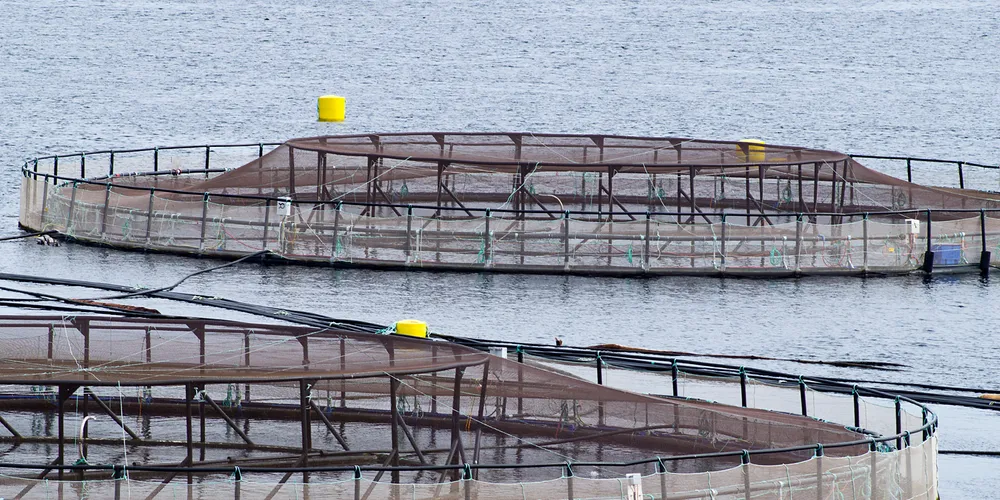IntraFish Industry Report: High salmon prices 'here to stay'
Consensus among market watchers is slow growth, strong demand will lift sector for years to come.

Consensus among market watchers is slow growth, strong demand will lift sector for years to come.
